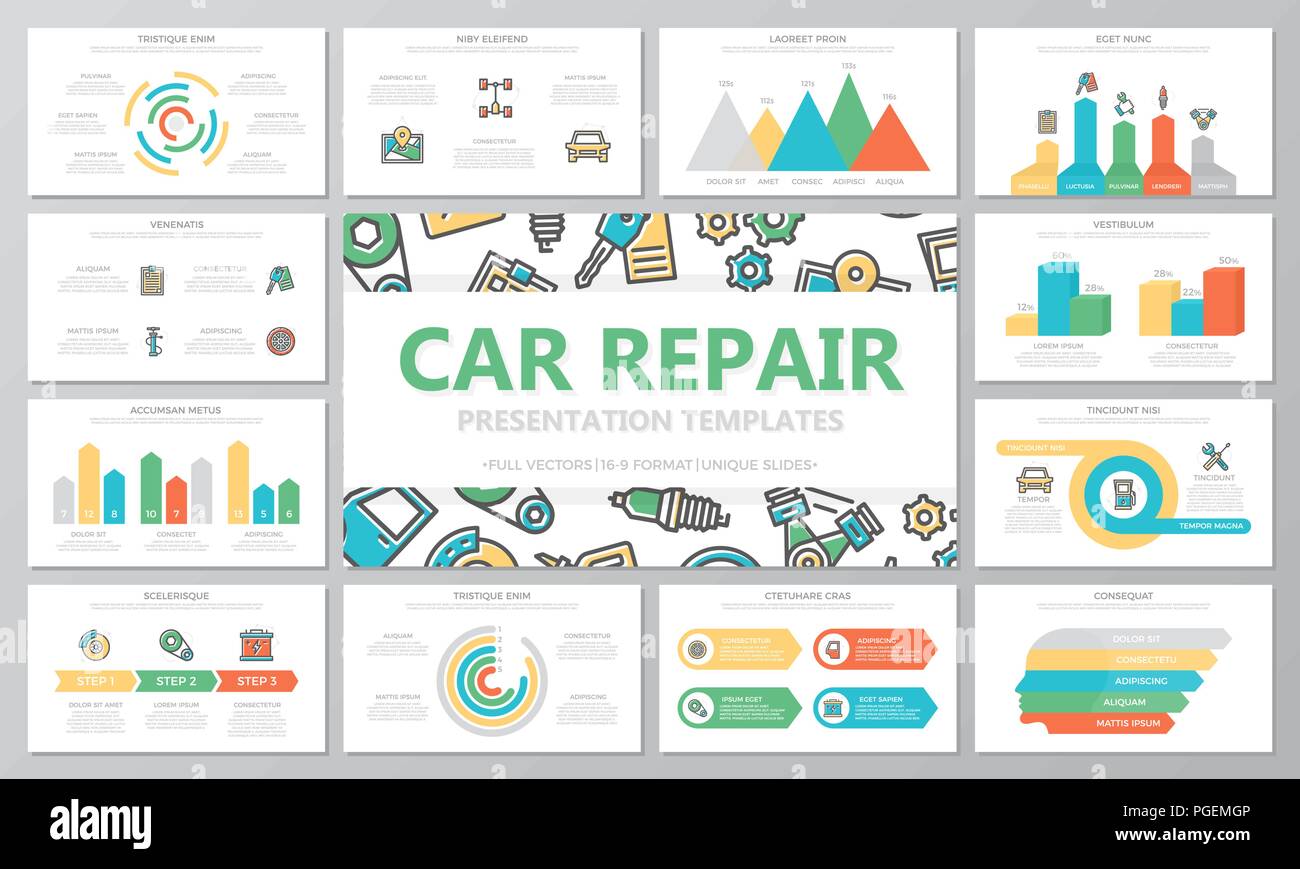Recognizing Your Automobile'S Warning Lighting: What Do They Truly Mean?
Recognizing Your Automobile'S Warning Lighting: What Do They Truly Mean?
Blog Article
Content By-Kessler Gross
When you're behind the wheel, those glowing warning lights on your control panel can be a little bit difficult. Do https://brake-check62727.topbloghub.com/37424942/preparing-your-automobile-for-winter-professional-advice-on-cold-weather-driving-preparedness recognize what they're attempting to inform you concerning your cars and truck's health and wellness? Recognizing the significance of these lights is important for your safety and security and the longevity of your car. So, the next time one of those lights appears, wouldn't you want to decode its message precisely and take the essential actions to resolve it?
Common Warning Lights and Interpretations
Recognize common warning lights in your vehicle and comprehend their significances to make certain safe driving.
https://www.thisdaylive.com/index.php/2021/07/24/10-essential-maintenance-tips-for-your-cars/ of the most normal caution lights consist of the check engine light, which indicates concerns with the engine or emissions system. If this light begins, it's critical to have your vehicle checked promptly.
The oil stress warning light indicates low oil pressure, needing prompt attention to prevent engine damage.
A flashing battery light might suggest a faulty billing system, possibly leaving you stranded otherwise addressed.
The tire pressure surveillance system (TPMS) light signals you to reduced tire stress, influencing automobile stability and gas effectiveness. Disregarding this might lead to harmful driving problems.
The abdominal light indicates a trouble with the anti-lock braking system, compromising your capability to stop swiftly in emergency situations.
Finally, the coolant temperature warning light warns of engine getting too hot, which can cause severe damages otherwise resolved promptly.
Understanding these usual warning lights will certainly help you attend to problems immediately and preserve safe driving conditions.
Value of Prompt Interest
Comprehending the typical warning lights in your cars and truck is only the very first step; the relevance of quickly resolving these warnings can't be emphasized sufficient to ensure your security when traveling.
When a warning light illuminates on your control panel, it's your vehicle's method of connecting a prospective problem that requires attention. Ignoring these warnings can lead to a lot more severe issues later on, endangering your safety and security and possibly costing you much more in repairs.
Prompt attention to cautioning lights can avoid failures and mishaps. As an example, a flashing check engine light can indicate a misfire that, if left neglected, can trigger damage to the catalytic converter. Addressing this without delay can conserve you from an expensive fixing.
Likewise, a brake system cautioning light could signal low brake liquid or worn brake pads, essential components for your safety and security when driving.
Do It Yourself Troubleshooting Tips
If you notice a warning light on your control panel, there are a couple of do it yourself troubleshooting suggestions you can try prior to looking for specialist aid.
The first step is to consult your vehicle's guidebook to understand what the specific caution light shows. In some cases the problem can be as simple as a loosened gas cap setting off the check engine light. Tightening up the gas cap might resolve the problem.
An additional usual problem is a reduced battery, which can trigger numerous cautioning lights. Inspecting the battery connections for corrosion and ensuring they're protected could fix the problem.
If a caution light continues, you can try resetting it by separating the automobile's battery for a couple of minutes and after that reconnecting it. Furthermore, inspecting your car's liquid levels, such as oil, coolant, and brake liquid, can help troubleshoot alerting lights related to these systems.
Final thought
Finally, recognizing your cars and truck's warning lights is necessary for maintaining your vehicle running smoothly and securely. By promptly resolving these informs and understanding what they mean, you can prevent expensive repair work and possible break downs.
Remember to consult your cars and truck's handbook for specific information on each warning light and take action accordingly to ensure a trouble-free driving experience.
Stay informed, remain safe when traveling!
